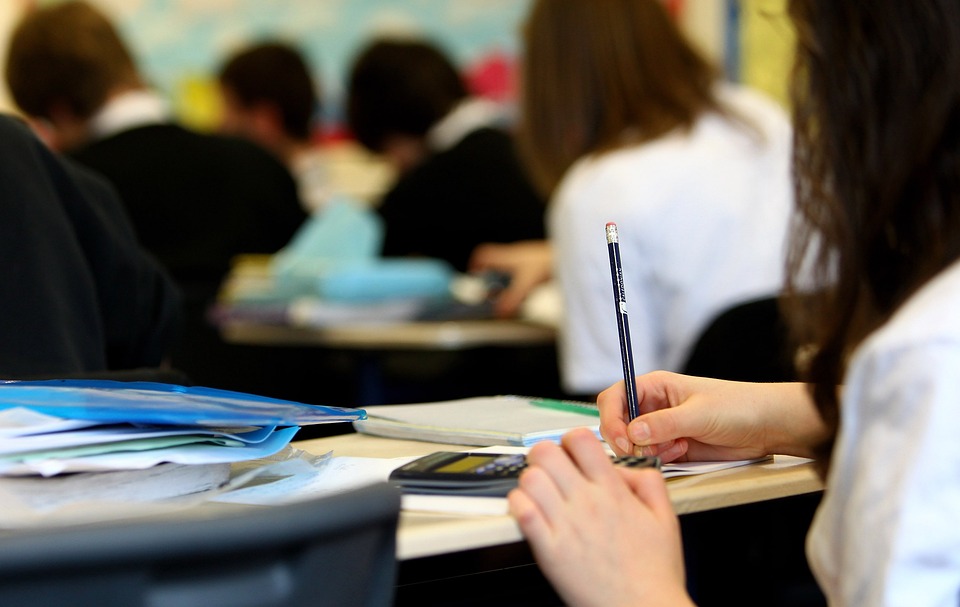Permission to Miss School: A Template for Writing a Leave Letter
As students, there are times when we may need to miss school due to various reasons such as illness, family emergencies, or personal commitments. In such situations, it is essential to seek permission from our school authorities by writing a leave letter. This article aims to provide you with a template for writing a leave letter, ensuring that you effectively communicate your reason for absence and seek the necessary permission from your school.
1. Start with a formal salutation:
Begin your leave letter by addressing it to the appropriate authority, usually your class teacher or the principal. Use a formal salutation such as “Dear Mr./Ms.” followed by their last name. If you are unsure of the recipient’s gender-neutral title, using their full name is a safe option.
2. State your purpose:
In the opening paragraph, clearly state the purpose of your letter. Mention that you will be unable to attend school on a specific date(s) and provide a brief explanation for your absence. Remember to keep the tone polite and respectful throughout the letter.
3. Provide details and supporting information:
In the subsequent paragraph(s), provide additional details about your absence. If you are unwell, mention the symptoms you are experiencing or attach a medical certificate if available. If you need to attend a family event or function, briefly explain the significance of the occasion. Providing supporting information helps the school authorities understand the legitimacy of your absence.
4. Express your willingness to make up for missed work:
Assure the school authorities that you understand the importance of your studies and that you are committed to catching up on any missed assignments or coursework. Offer to complete any required tasks or provide necessary documentation upon your return to school.
5. Request permission and suggest a follow-up plan:
In the closing paragraph, politely request the school’s permission for your absence. If possible, suggest a plan for keeping up with the schoolwork during your absence, such as obtaining class notes from a classmate or accessing online resources. This shows your responsibility and dedication to your education.
6. End with a formal closing:
Conclude your letter with a formal closing, such as “Yours sincerely” or “Respectfully yours,” followed by your full name and class information. Make sure to sign the letter if you are submitting a physical copy.
7. Proofread and double-check:
Before submitting your leave letter, carefully proofread it to ensure there are no grammatical or spelling errors. A well-written and error-free letter enhances your chances of obtaining permission.
Remember, a leave letter is a formal communication, so it is crucial to maintain a respectful and professional tone throughout. Be honest and provide accurate information to help school authorities understand your situation better. This template can serve as a starting point for your leave letter, but feel free to personalize it according to your specific circumstances.
Writing a leave letter teaches students valuable skills, such as effective communication, responsibility, and time management. It also fosters a sense of accountability towards our education. By following this template and seeking permission in a respectful manner, we ensure that our absence from school is legitimate and well-documented, allowing us to maintain a positive relationship with our school authorities.










